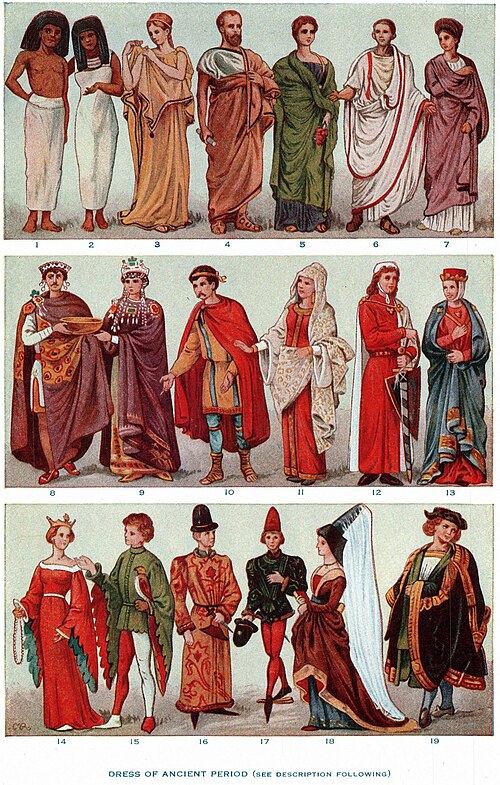Gownnoun
A loose, flowing upper garment.
Gownnoun
A woman's ordinary outer dress, such as a calico or silk gown.
Gownnoun
The official robe of certain professional men and scholars, such as university students and officers, barristers, judges, etc.
Gownnoun
The dress of civil officers, as opposed to military officers.
Gownnoun
(by metonymy) The university community.
Gownnoun
A loose wrapper worn by gentlemen within doors; a dressing gown.
Gownnoun
Any sort of dress or garb.
Gownnoun
The robe worn by a surgeon.
Gownverb
To dress in a gown, to don or garb with a gown.
Gownnoun
A loose, flowing upper garment
Gownnoun
A loose wrapper worn by gentlemen within doors; a dressing gown.
Gownnoun
Any sort of dress or garb.
Gownnoun
long, usually formal, woman's dress
Gownnoun
protective garment worn by surgeons during operations
Gownnoun
outerwear consisting of a long flowing garment used for official or ceremonial occasions
Gownverb
dress in a gown
Gownnoun
a long elegant dress worn on formal occasions
Gownnoun
a dressing gown.
Gownnoun
a protective garment worn in hospital, either by a staff member during surgery or by a patient.
Gownnoun
a loose cloak indicating one's profession or status, worn by a lawyer, teacher, academic, or university student.
Gownnoun
the members of a university as distinct from the permanent residents of the university town.
Gownverb
be dressed in a gown
Gownverb
put on a surgical gown
Gown
A gown, from the Saxon word, gunna, is a usually loose outer garment from knee- to full-length worn by men and women in Europe from the Early Middle Ages to the 17th century, and continuing today in certain professions; later, gown was applied to any full-length woman's garment consisting of a bodice and attached skirt. A long, loosely fitted gown called a Banyan was worn by men in the 18th century as an informal coat.
Frocknoun
A dress, a piece of clothing for a female, which consists of a skirt and a cover for the upper body.
Frocknoun
An outer garment worn by priests and other clericals; a habit.
Frocknoun
A sailor's jersey.
Frocknoun
An undress regimental coat.
Frocknoun
(dialectal) A frog.
Frockverb
To clothe in a frock.
Frockverb
To make a cleric.
Frocknoun
A loose outer garment; especially, a gown forming a part of European modern costume for women and children; also, a coarse shirtlike garment worn by some workmen over their other clothes; a smock frock; as, a marketman's frock.
Frocknoun
A coarse gown worn by monks or friars, and supposed to take the place of all, or nearly all, other garments. It has a hood which can be drawn over the head at pleasure, and is girded by a cord.
Frockverb
To clothe in a frock.
Frockverb
To make a monk of. Cf. Unfrock.
Frocknoun
a one-piece garment for a woman; has skirt and bodice
Frockverb
put a frock on
Frock
Frock has been used since Middle English as the name for an article of clothing, typically coat-like, for men and women.












